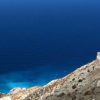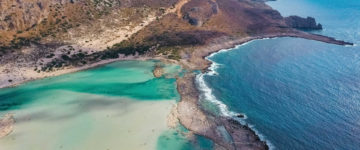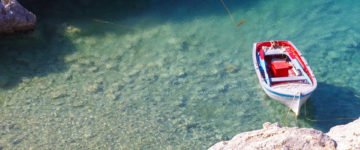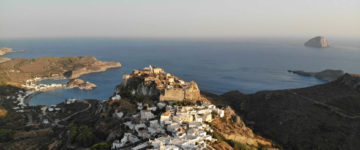
Kos is the second largest after Rhodes and second most visited Dodecanese island in Greece. The harbour is guarded by an imposing castle of the Knights of St John, the streets are lined with Italian built public buildings, and minarets and palm trees punctuate extensive Hellenistic and Roman remains. Kos is the most fertile of the archipelago, blessed with rich soil and abudunt ground water lacking of the wild beauty of Rhodes.
Except in Kos Town and Mastihari, there are few independent travellers, and from mid-July to mid-September the island is overcrowded. The tourist industry is juxtaposed rather bizarrely with cows munching amid baled hay near olive groves, and Greek Army tanks exercising in the volcanic badlands around the airport.
Like Tilos further south, Kos never had to earn its living from the sea and consequently has little in the way of a maritime tradition or a contemporary fishing fleet. All these peculiarities acknowledged, Kos is still worth a few days’ time while island-hopping: its few mountain villages are appealing, the tourist infrastructure excellent and swimming opportunities limitless – about half the island’s perimeter is fringed by beaches of various sizes, colors and consistencies.
Almost three quarters of the island’s working people are directly engaged in tourism, and the scale of demand tells you something about Kos’s beauty and attractions, Kos has been inhabited for roughly 10,000 years, and has for a significant portion of that time been both an important center of commerce and a line of defense. Its population in ancient times may have reached 100,000, but today it is less than a third of that number. Across the millennia, the unchallenged favorite son of the island has been Hippocrates, the father of Western medicine, who has left his mark not only on Kos but also on the world. The principal attractions of Kos are its antiquities, most notably the Asklepion and its beaches where at summer are very swamped.
Kos is part of the Dodecanese island chain in the southeastern Aegean Sea, off the Anatolian coast of Turkey. The specific geographical coordinates are 36°53’12.1″N 27°16’55.6″E.







